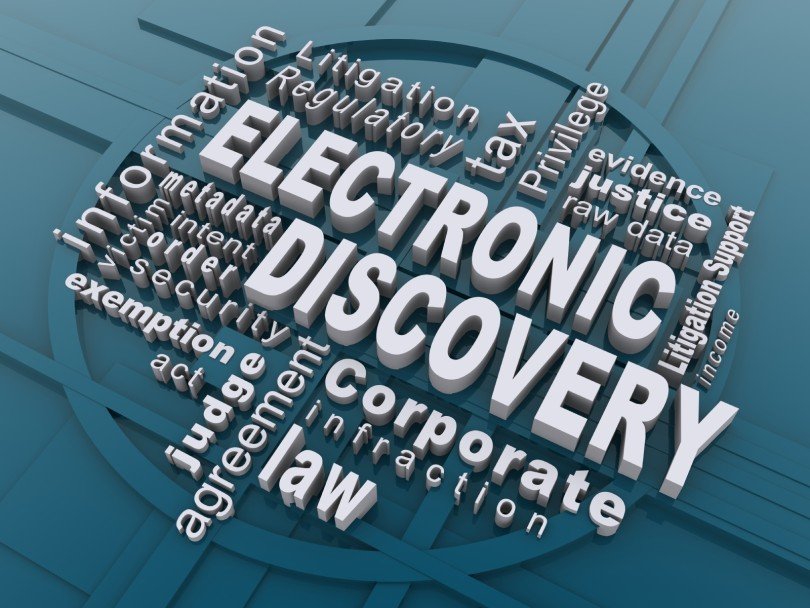Lawyers routinely negotiate the scope of litigation discovery demands. One such lawyer was recently faced with a wildly broad discovery demand for relevant emails from the time a product was manufactured more than fifteen years ago to the present. The lawyer deftly negotiated the demand down to five years before the incident at issue and one year after.
Sound good? Maybe and maybe not. The problem was that the lawyer had no idea how long her client kept emails in its active systems and how expensive it would be to retrieve emails not in the active systems. She eventually learned that the systems only retained email for one year, after which it was available, but only after restoration from back-up tapes at a potential cost of more than $500,000.
One would think that it would be a simple matter to go back to the plaintiffs’ counsel, or the court if need be, explain the mistake and retract the commitment. But if relations are strained or credibility with the court has been impaired by other issues, this may not be so simple. It may also be awkward to explain the situation to the client and its insurer.
The lesson to be learned is that lawyers should never make discovery commitments regarding electronically stored information (ESI) before they understand at least the general contours of the client’s ESI systems.
What do we mean by that? Here are some very basic questions that any company should expect its lawyer to ask up-front:
- How do users manage their email?
- Are there limits or quotas as to how much storage is allotted?
- Can users “archive” email if their active storage is limited? How many do this? Where are the archives located?
- What happens to an employee’s email or computer system when they leave the company?
- Have employees been using personal email accounts or mobile devices for company business? Does the client have a BYOD (bring-your-own-device) policy?
- If an email is not moved to a folder, is it automatically deleted? If so, after how long? Once that happens is it really gone?
- Does the email system automatically “journal” all incoming and outgoing email? What is the scope of the journaling? Does it “roll off” after one month? Six months? A year?
- Where are the email servers located? Are they backed up onto tapes or some other media? How frequently? (Daily? Weekly? Monthly? Annually?) Does the client use cloud storage?
While email is always a compelling topic, your lawyer should also be delving into very basic related issues, such as:
- Who is being accused of wrongdoing and what records beyond just email might be at issue?
- What other “document custodians” may be involved?
- Have you issued a written litigation hold to these document custodians? Did the hold include IT staff?
- When was the hold issued?
- Are people following the hold? How do you know?
- Has there been an affirmative decision to “preserve in place” rather than to collect the ESI? If so, is there a potential “fox in the henhouse issue”? Do the custodians know how to preserve in place? Have the risks of this strategy been fully discussed?
- When was the preservation trigger? How long after the trigger was the litigation hold issued? Were documents lost in the interim? What efforts might be made to retrieve any such lost documents?
- What other documents or ESI might be relevant? How much of it is there? Where is it?
- Do other companies have relevant ESI that may arguably be in your care, custody or control? While you’re sorting out your possible obligation to review and produce that ESI, has a demand for its preservation been made?
- Do you have a policy or schedule as to how long they keep different categories of documents? Do you enforce the policy? Really?
- Is some of the ESI on employees’ smart phones, laptops or home computers?
- Do you have a disaster recovery plan for its ESI? What is it? Are there back-up tapes or other media?
- Are the back-up media truly reserved for disasters or are they occasionally accessed if important documents are inadvertently destroyed?
In today’s litigation environment, every case is an e-discovery case. With that in mind, if your lawyers are not asking these types of questions early in any litigation, you should find out why.

